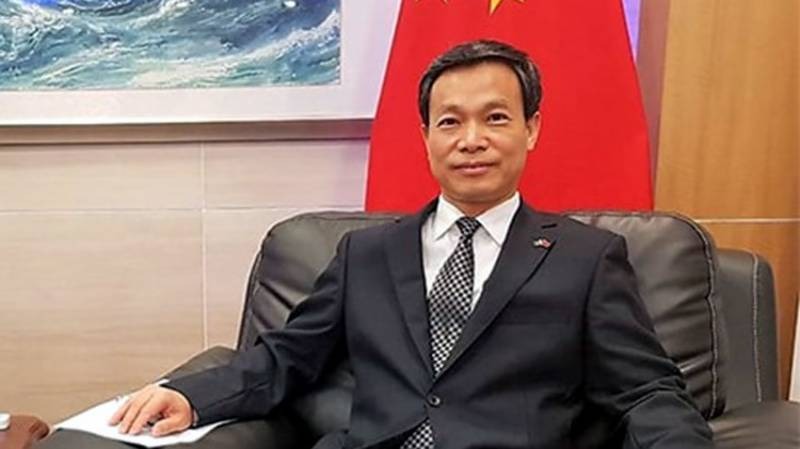China’s foreign trade grows 1.3% in Q1 reflecting stability and resilience against challenges.
China’s goods trade, measured in yuan, increased by 1.3% year-on-year in the first quarter of 2025, showcasing stable momentum and strong resilience despite facing external challenges, according to official figures released Monday.
Data from the General Administration of Customs (GAC) revealed that exports rose by 6.9% to 6.13 trillion yuan (around $850.1 billion), while imports declined by 6% to 4.17 trillion yuan during the same period.
Despite sluggish global economic recovery, rising protectionism, and geopolitical tensions, China has maintained steady foreign trade growth, with advancements in high-quality development, said Wang Lingjun, deputy head of GAC, during a press briefing.
The structure of China’s foreign trade continued to improve. Equipment manufacturing exports and imports grew by 7.6% year-on-year in Q1, contributing to about half of the country’s total trade.
GAC spokesperson Lyu Daliang noted that in the first quarter, exports to over 170 countries and regions grew, especially in sectors focused on high-end, smart, and eco-friendly manufacturing.
March alone saw a 6% year-on-year rise in China’s imports and exports — an improvement compared to February’s flat performance and January’s 2.2% decline.
While acknowledging a complex and challenging global trade environment, Lyu expressed confidence, emphasizing that China is strengthening trade market diversification and international industrial and supply chain cooperation.
He also pointed out that China’s large domestic market acts as a stabilizing force for the economy, helping to mitigate external shocks and ensuring long-term resilience.
The drop in imports in Q1 was attributed to factors like falling global commodity prices and a reduced number of working days, Lyu explained.
China remains committed to expanding high-level openness and increasing imports, aiming to share development benefits with the global community. It has been the world’s second-largest importer for 16 years, with its global import share rising from 7.9% to 10.5%.
Looking ahead, Lyu projected significant growth potential for Chinese imports, adding that China’s vast market continues to offer major opportunities to the world.
The ASEAN region maintained its status as China’s top trading partner in Q1, with bilateral trade reaching 1.71 trillion yuan — a 7.1% increase year-on-year — making up 16.6% of China’s total trade.
China’s trade with the EU increased by 1.4% to 1.3 trillion yuan, while trade with Belt and Road Initiative countries rose by 2.2% to 5.26 trillion yuan, comprising over half of China’s foreign trade.
Despite US-imposed tariffs, trade with the United States grew 4% year-on-year to 1.11 trillion yuan in Q1, as per Wang.
Wang criticized the US for its “reciprocal tariffs,” stating that such policies disrupt global trade norms, violate WTO rules, and undermine multilateralism by placing US interests above global cooperation.
He reiterated that trade wars benefit no one and that protectionism leads to dead ends. China, he said, will collaborate with other nations to resist US trade bullying and uphold economic globalization and the multilateral trading framework.
Related Posts
China reveals guidelines for furthering Trade Policy compliance with WTO rules

















